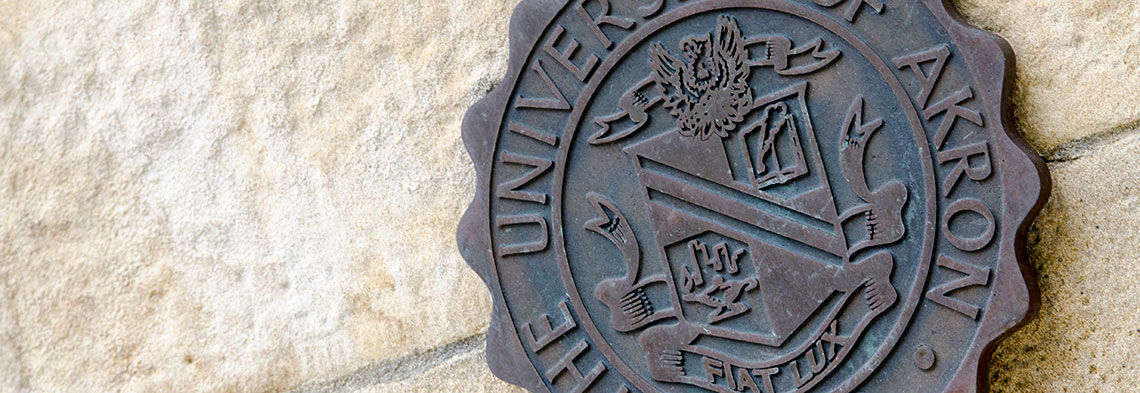Document Type
Article
Publication Date
January 2009
Abstract
The original prototype of Section One of the Fourteenth Amendment, as introduced by its primary Framer, John Bingham of Ohio, read: The Congress shall have the power to make all laws which shall be necessary and proper to secure to the citizens of each State all privileges and immunities of citizens in the several States, and to all persons in the several States equal protection in the rights of life, liberty, and property.
Bingham went on to note expressly that “save the words conferring the express grant of power to the Congress,” the principles of the rights were already in the Constitution. Had the power been given to Congress to enforce obedience to those principles, Bingham maintained that “that rebellion” would have been “an impossibility.” Nonetheless, that power had been withheld “by every construction of the Constitution, its contemporaneous construction, its continued construction, legislative, executive, and judicial.” Adherence to those “immortal bill of rights” had up to that point rested solely upon “the fidelity of the States.” In Bingham’s mind, the power in Congress to enforce the rights was not only “the want of the Republic,” but also “absolutely essential to American nationality.” On behalf of the Joint Committee on Reconstruction, Bingham recommended the amendment “for the purpose of giving to the whole people the care in future of the unity of the Government which constitutes us one people, and without which American nationality would cease to be.”
Thus did the Amendment and its framers herald the importance of Congress to meeting the purposes of the Amendment, especially the purposes of its grants of individual rights. Consistent with Republican legal and political ideology of the time, the necessity of congressional power and an affirmative grant of that power infused the Amendment from its inception.
Nonetheless, concern about restricting the role of Congress was raised in the first case in which the Supreme Court interpreted the Amendment, Slaughter-House Cases, despite its inapplicability to its three years later in United States v. Cruikshank. In both instances, preservations of state power in the federal system and concerns about congressional vs. state power to define and protect rights underlay the reasoning. Recently, one of the most important and contentious issues in Fourteenth Amendment jurisprudence relates to Section Five of the Amendment and Congress’ power with respect to individual rights. The Court continues to impose significant restraints on federalism grounds. But current decisions also specifically raise separation of powers concerns when determining the reach of the congressional Section Five power. Therefore, it is important to explore Section Five from the separation of powers perspective. I argue that the power conferred also encompassed a re-envisioning of the roles and boundaries of judicial and legislative power vis-à-vis individual rights.
Throughout the debates during the framing and ratification of the Amendment, an understanding of the need to recast the Union was coupled with the understanding that to do so, the Constitution itself needed to repudiate doctrines that had undermined both union and liberty. This article argues that in reconstituting that Union, the 39th Congress and the Fourteenth Amendment not only altered the fundamental structural principles of the relationship between the states and the national government and the responsibility of government to protect individual liberties. It argues that the original structural alignment of national powers and the boundaries of their respective spheres were also, of necessity and by understanding, recast as well.
Publication Title
Akron Law Review
First Page
1081
Last Page
1109
Recommended Citation
Elizabeth Reilly, The Union as it Wasn't and the Constitution as it Isn't: Section Five and Altering the Balance of Power, 42 Akron Law Review 1081 (2009).


